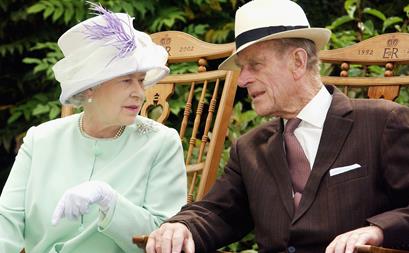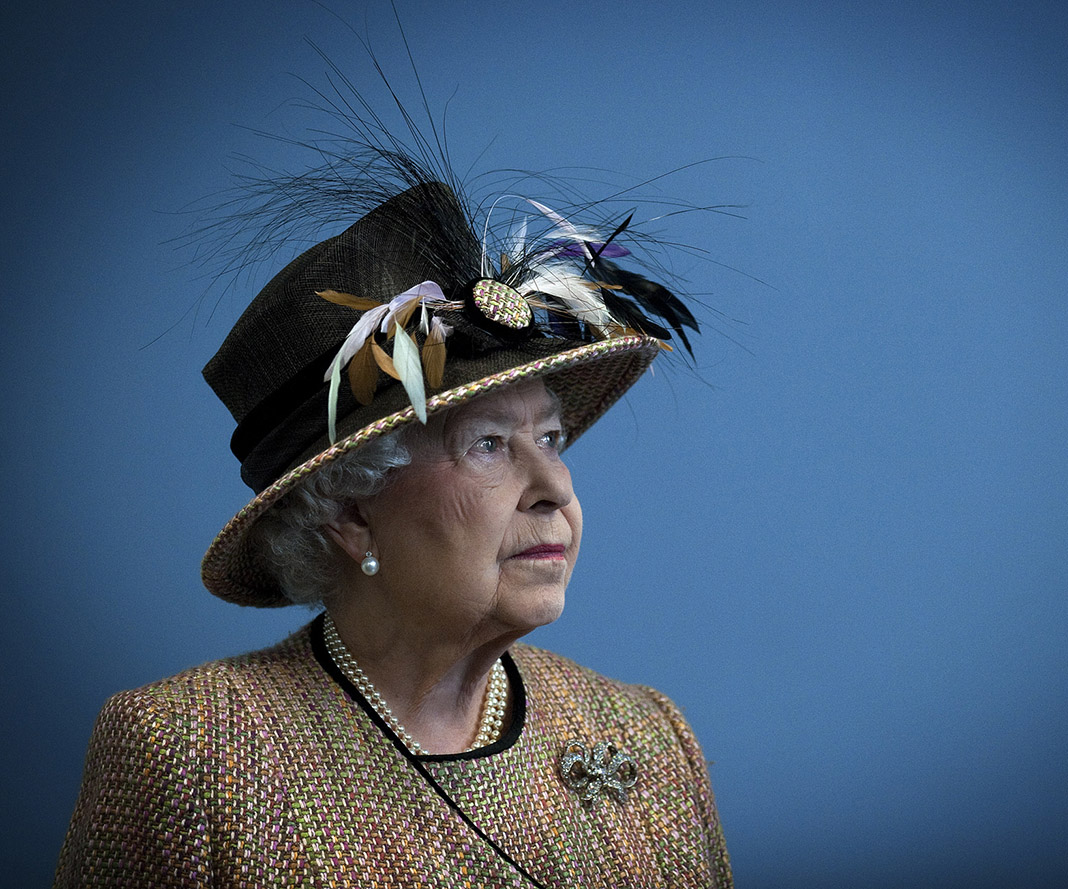Her husband Prince Philip was the one to break the news that would change Princess Elizabeth’s life forever.
It was early afternoon of February 6, 1952, and the couple were in Kenya on the first stop of the Commonwealth tour they’d undertaken in place of her father, George VI, who had been unwell. They’d spent the previous night at an exclusive hotel, Treetops, built into the branches of a giant tree and famed for letting guests see wildlife up close as the animals used the watering hole below.
An excited Elizabeth, 25, hardly got any sleep because she kept getting up to observe the nocturnal visitors, and that morning she delighted in photographing elephants and rhinos. Then she and Philip travelled 32km to Sagana Lodge, a private fishing lodge that had been purpose-built for the couple and given to them as a present for their wedding in 1947.
Philip was having an afternoon nap when he was woken by his private secretary, Commander Michael Parker. Michael, a good friend who had served in the navy with Philip during the war, had just been alerted to some news coming in from the UK by a local reporter who was covering the tour. According to a message from the news service Reuters, the king had died in his sleep.
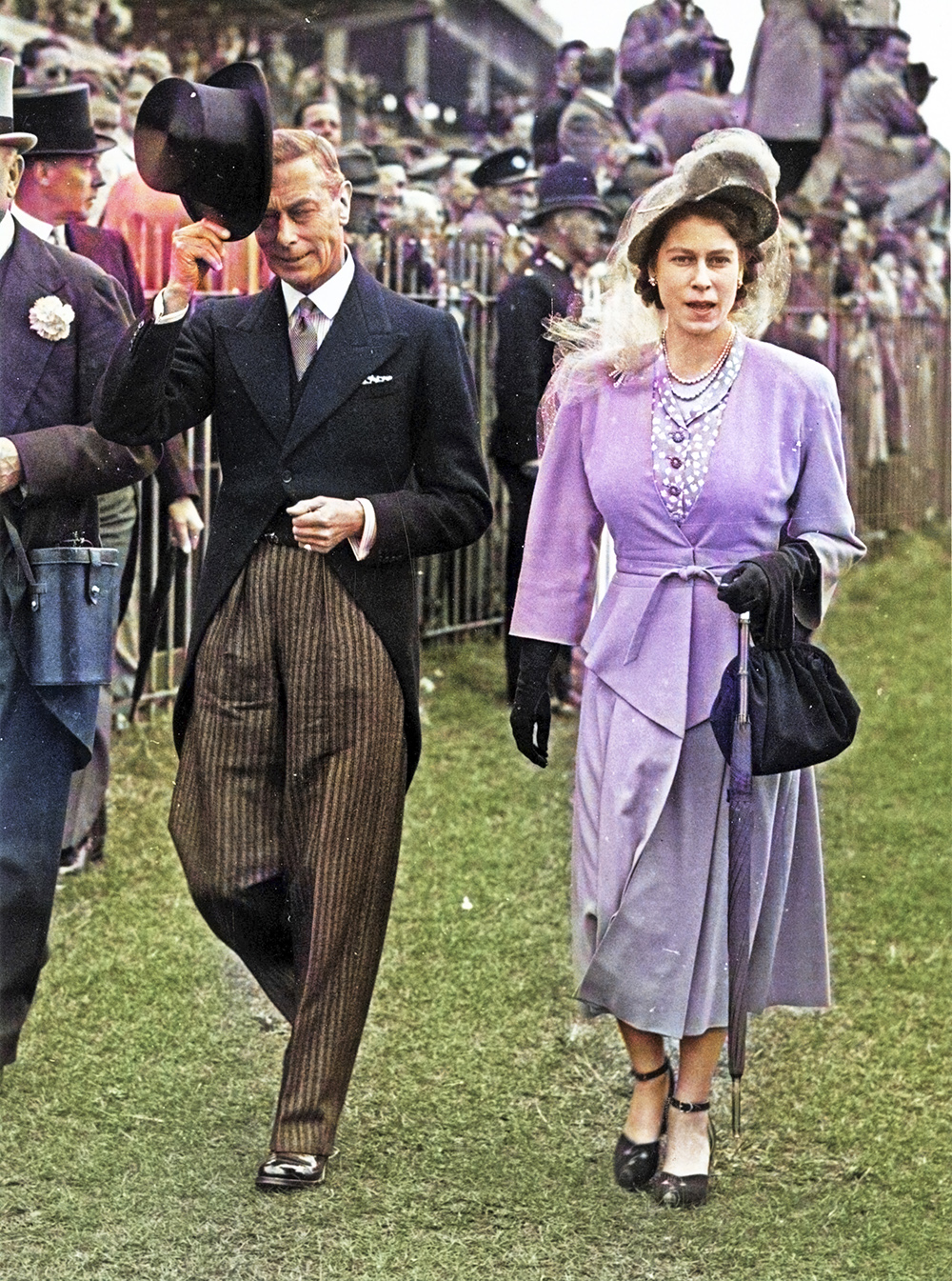
Elizabeth and her beloved father at the Epsom Derby in 1948.
British officials had actually sent a coded telegraph to Government House in Nairobi to let Elizabeth know her father had passed away and that she was now Queen, but embarrassingly, the decoding book was locked away in a safe and the only person with the key was out of the office working on the royal tour. The message went unread.
Michael switched on the radio to hear confirmation that the king had died. He went to Philip’s room and roused him, and would later say that passing on the news was the toughest thing he had ever done.
“He looked absolutely flattened, as if the whole world had collapsed on him. He put a newspaper over his face and remained like that for about five minutes.”
Then Philip found his wife, who was in another room, and suggested they go for a walk alongside a stream in the garden. Lady Pamela Mountbatten, one of the Queen’s ladies-in-waiting, observed the couple from a distance. “You could tell, walking up and down, that he was telling her,” she later recalled. “And then she came back to the lodge, and one just thought, ‘This poor girl really adored her father, they were so close.’ And then I suddenly thought, ‘My God, but she’s Queen.'”
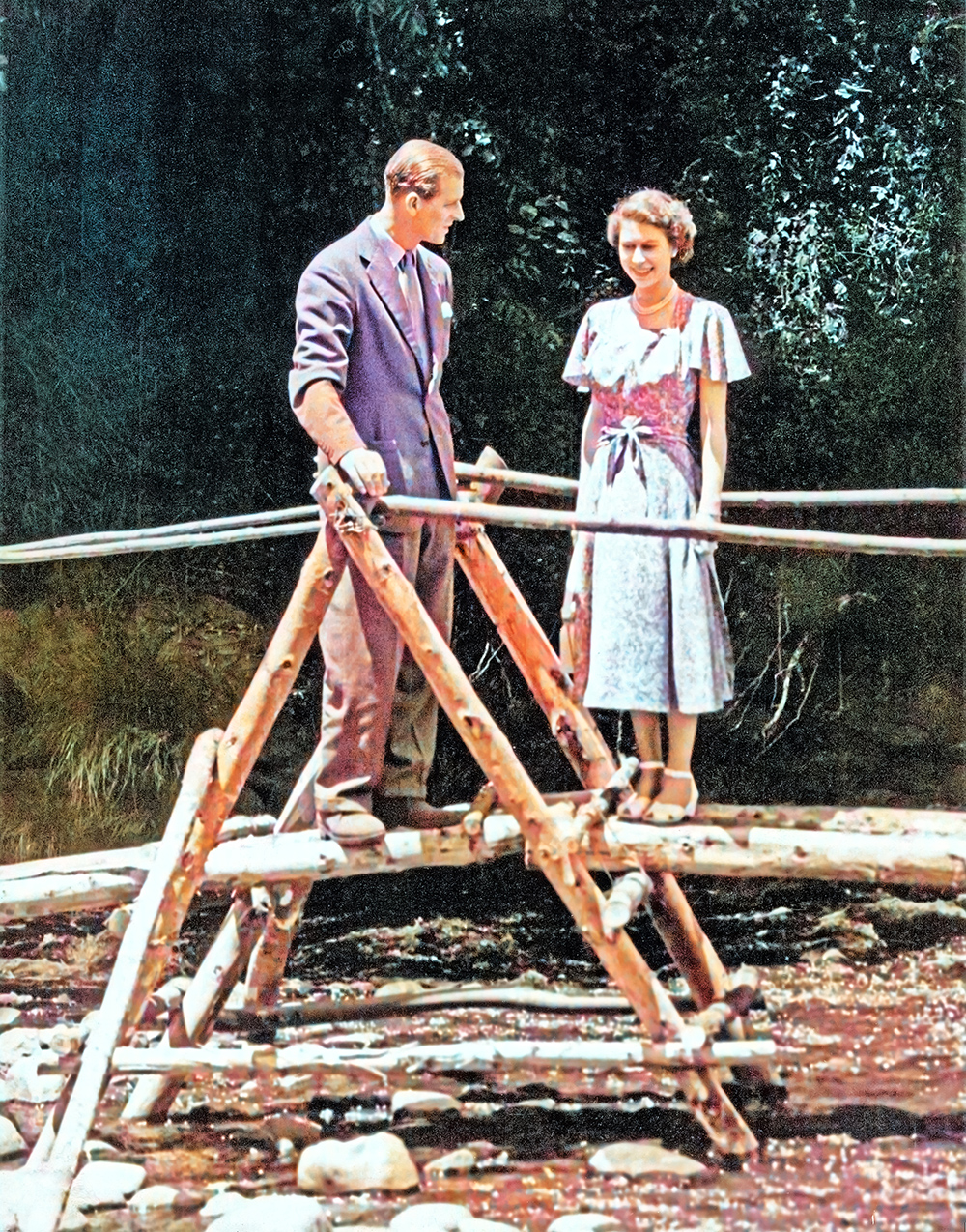
On holiday in Kenya, Philip had to break the saddest of news to his princess – her father had died.
The new monarch reacted stoically to the devastating news. She returned to her room and asked for an hour alone. When she emerged, it was clear she had been crying. But she did not shed a tear in front of anyone else. Her private secretary Martin Charteris remembers arriving at Sagana to find her sitting at a desk, composing messages of condolence to be cabled to her mother Queen Elizabeth and grandmother Queen Mary. She also wrote letters to dignitaries in the Commonwealth countries she was due to visit, including New Zealand, apologising that her tour was being cancelled.
“Immediately, it was down to business,” Martin said. “She was absolutely somebody who had accepted her destiny without question.”
Elizabeth II had just made history, becoming the first monarch in modern times to be outside Great Britain at the moment of her succession, and the first not to know the exact time she became sovereign, because her father had died in his sleep.
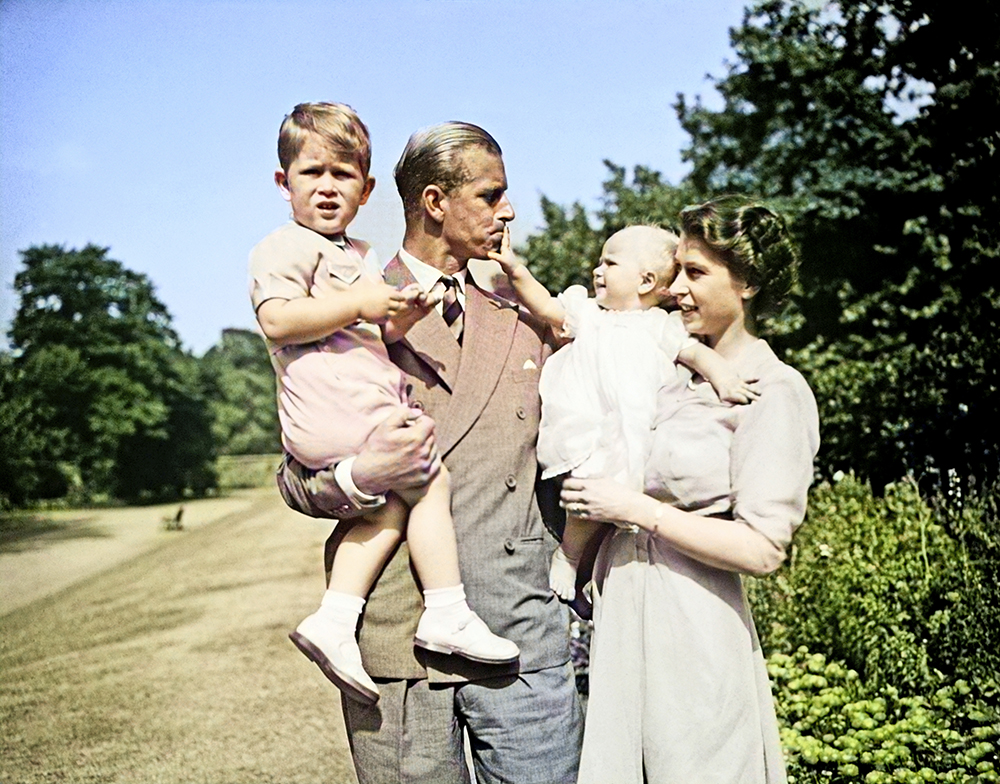
Elizabeth and Philip with Charles and Anne in 1951.
While the death of George VI was shocking, it was not a complete surprise. The king had lung cancer and he’d had a lung removed the previous year. He had seemed to be recuperating well, but at his last public appearance on January 31, when he went to London Airport to farewell his daughter and son-in-law as they headed off on their five-month- long Commonwealth tour, onlookers were shocked by how drawn and haggard he looked.
On February 5, George was well enough to go out shooting hares on the Sandringham estate with a friend, who said His Majesty was on good form, talking and laughing and eating a hearty lunch. In the evening, he spent time in the nursery with his grandchildren Prince Charles, then three, and Princess Anne, 18 months. After dinner with his wife Elizabeth and their younger daughter Princess Margaret, he listened to the radio and went for a short stroll on the terrace before turning in for the night.
The next morning, his valet James McDonald entered his room to draw his daily bath. Usually the sound of running water woke the monarch, but that morning he did not stir. When James was unable to wake the king, the royal doctor was called and he confirmed that His Majesty had died during the night. The cause of death was later revealed to be a coronary thrombosis. King George VI was 56.
Within just a few hours of receiving the sad news, the royal party and their entourage had left Sagana Lodge for a local airfield, where they began the 7000km trip back to the UK. Sombre in black, Elizabeth walked down the steps of the plane in London to be greeted as the new monarch by several senior officials, including weeping Prime Minister Winston Churchill.
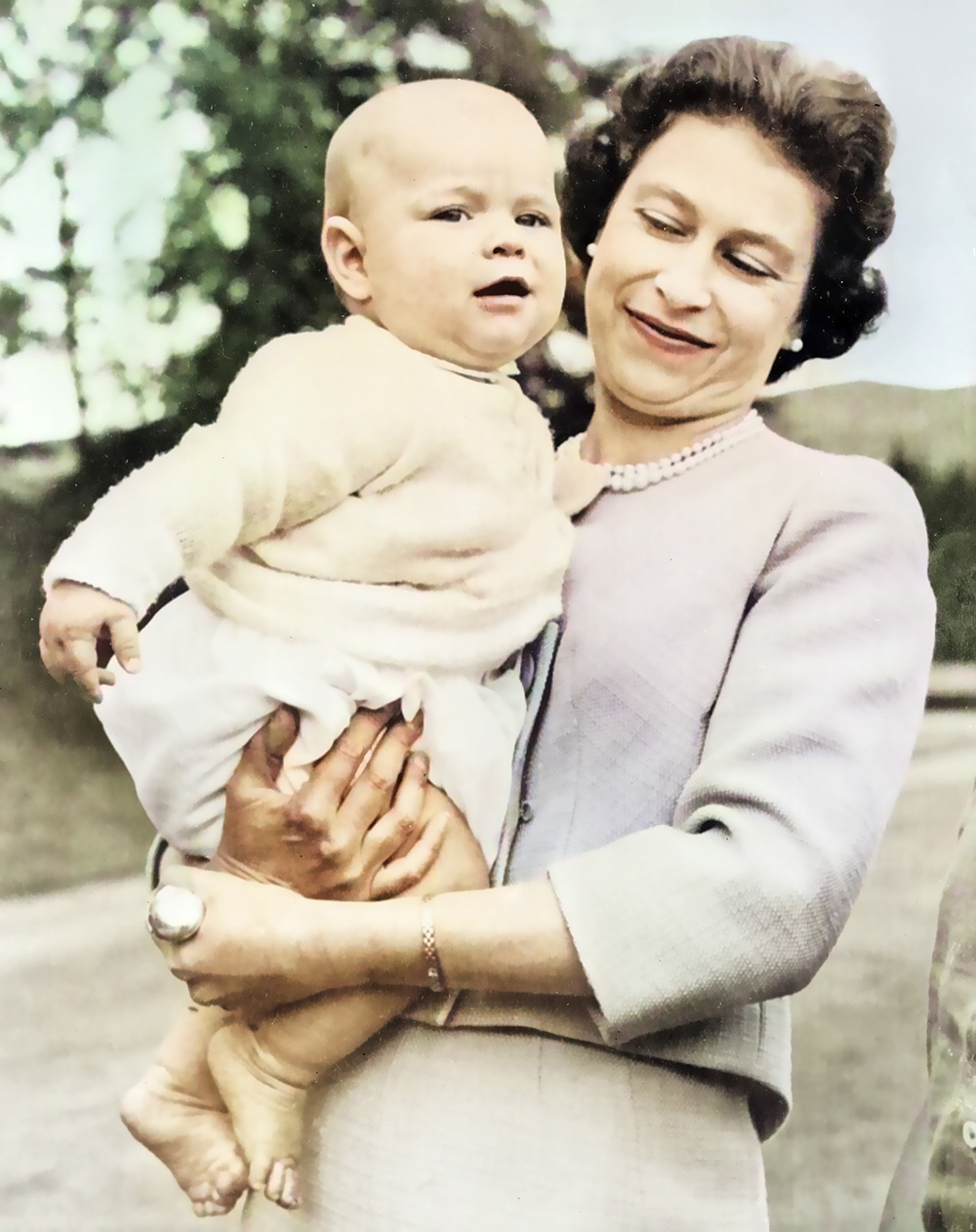
Elizabeth with baby Andrew.
The next morning, she attended a special gathering at St James’s Palace called an Accession Council, where her new role was officially recognised in front of Commonwealth representatives and privy counsellors.
“By the sudden death of my dear father, I am called to assume the duties and responsibilities of sovereignty,” she told those gathered. “My heart is too full for me to say more to you today than I shall always work, as my father did throughout his reign, to advance the happiness and prosperity of my peoples.”
It was a role she had not been born into. Her father’s older brother was the heir to the throne, and became Edward VIII in January 1936 following the death of her grandfather George V. His abdication 11 months later not only became the biggest scandal to rock the royal family in many years, but it meant his brother landed the job and his 10-year-old niece became heir presumptive. When her younger sister Margaret realised her sibling would one day be queen, she told Elizabeth, “Poor you.”
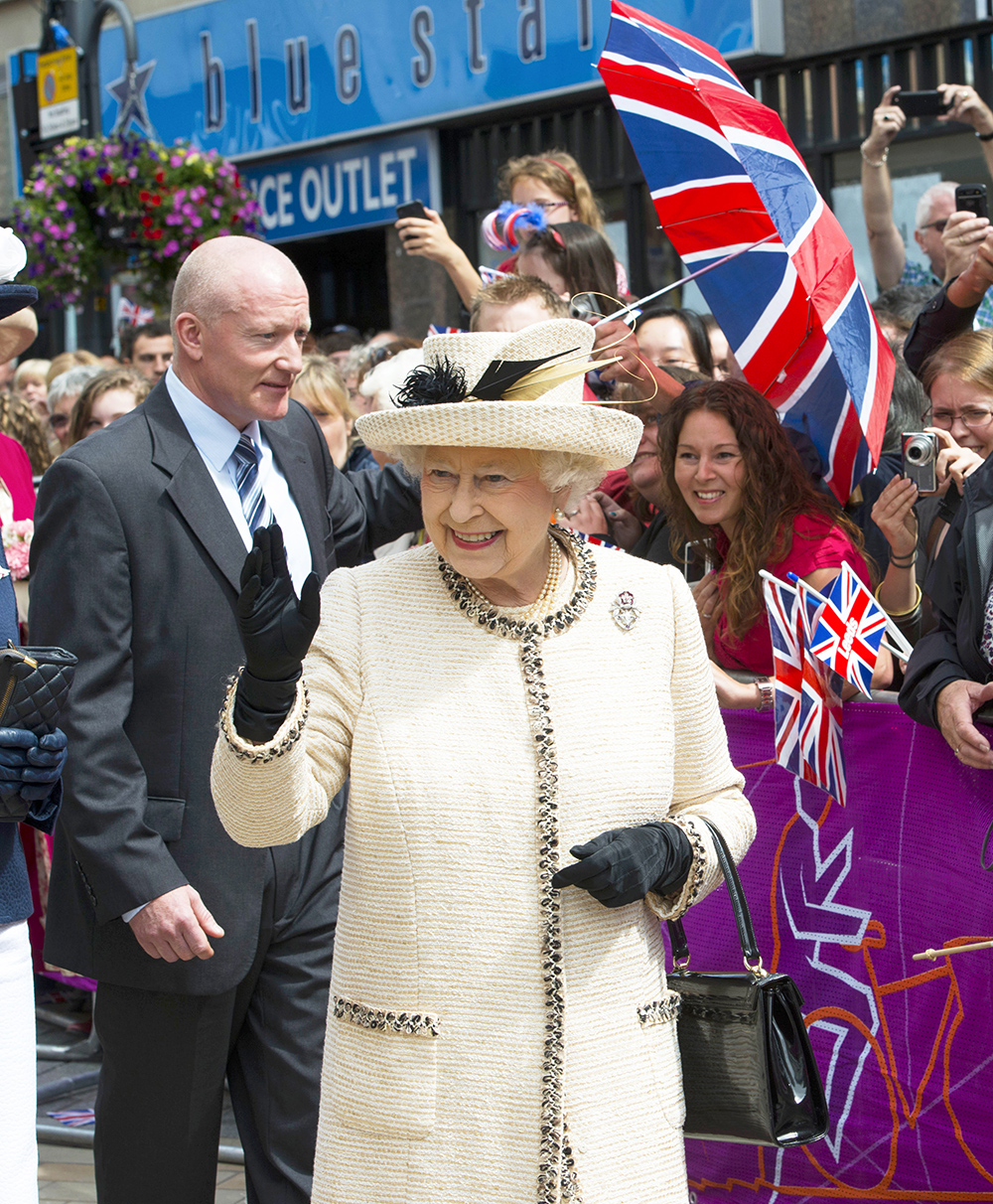
Queen Elizabeth has always put duty first, and done her best for her country and the Commonwealth throughout an era that has seen many changes.
Fortunately, Elizabeth came to accept her fate and her father, who was woefully unprepared when he suddenly found himself on the throne, made sure she was educated as she got older about what the role would involve.
Still, as she became a wife to dashing naval officer Prince Philip of Greece and Denmark, and mother to Charles and Anne, she did not expect to be following in her beloved father’s footsteps any time soon. After her marriage in 1947, at the age of 21, she enjoyed four relatively carefree years, eventually stepping up her workload as her father’s health deteriorated.
It is a sign of her strength of character, as well as the preparation initiated by her father, that when the time suddenly came to take over from him, she stepped into her position with a minimum of fuss and an assuredness that was well beyond her relatively young age.
The Queen’s biographer Douglas Keay wrote, “The self-discipline that had been a hallmark of her character since childhood came to the fore, as it was to do again and again in the future. Elizabeth II moved into what must beone of the loneliest jobs there is. She was governed above all by a sense of duty to others and a genuine humility which strangers least expect in one so exalted.”
She officially became the monarch at her coronation on June 2, 1953. A bishop who took part in the ceremony later said the most moving moment came when she placed the Sword of State upon the high altar at Westminster Abbey.
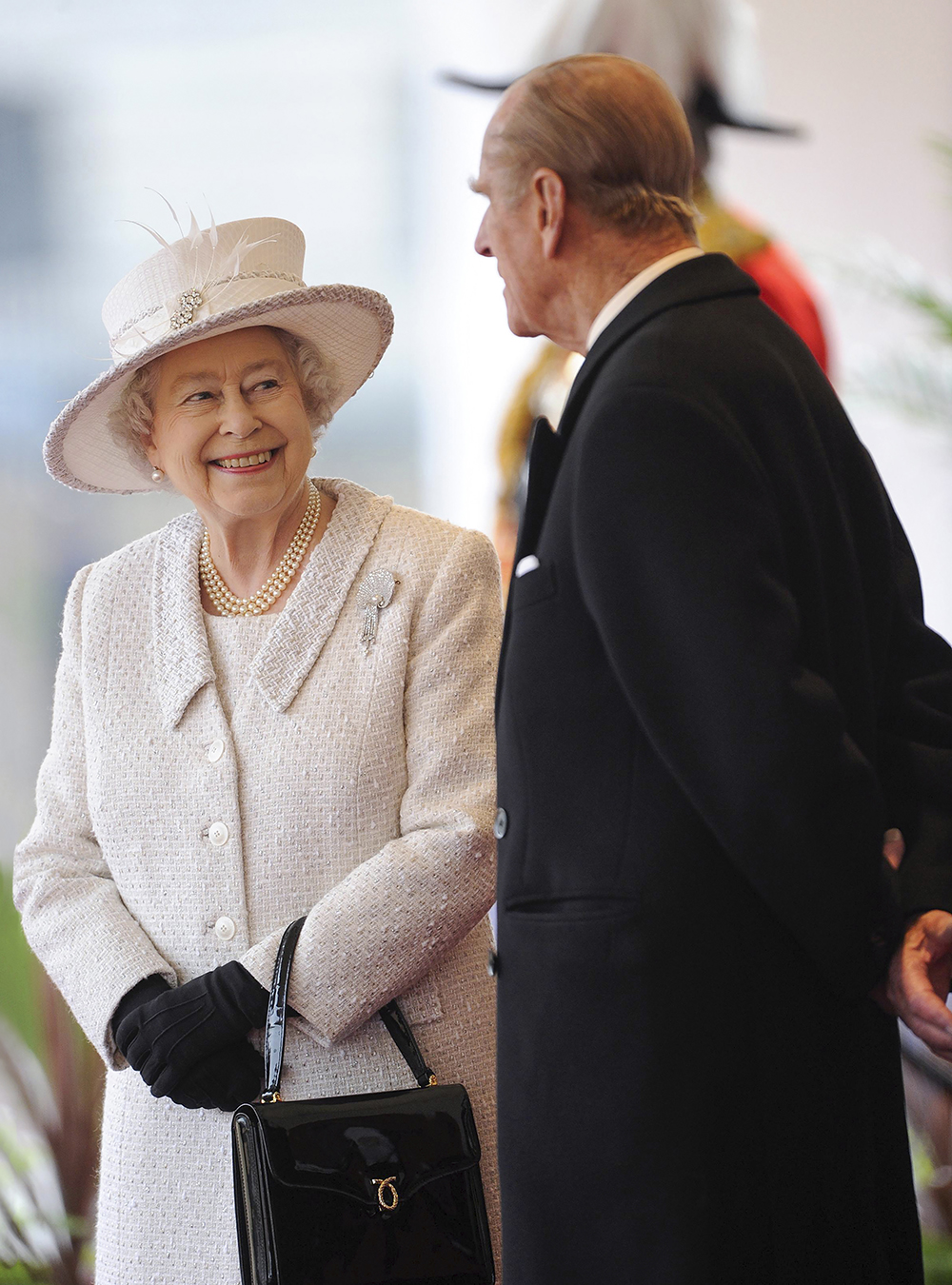
Watching from nearby, he recalled, “She never thought of the crowds of people. She was completely taken up in her act of dedication. The most wonderful thing I ever saw in my life was when she laid the sword on the altar – she was putting her whole heart and soul into the service of her people.”
Today, those who have been close to her throughout her 70-year reign can attest that even at the grand age of 95, she still does the same. She has always put duty first, and done her best for her country and the Commonwealth throughout an era that has seen many changes.
Prince William says, “My grandmother becoming Queen at a very young age, in the days when it was a man’s world, it was very difficult for her to make a difference. And she’s done it. In her own very unique, distinct way.”
Adds former UK Prime Minister David Cameron, “In this modern Elizabethan era in which so much around her has changed, Her Majesty has been steadfast, a rock of strength.”
Another ex-PM, John Major, says, “She is shrewd, she is compassionate, she has a good deal of insight and she has the typical and traditional virtues that you associate with the British. If you were designing someone to be monarch here in Britain, I think you would design someone exactly like Elizabeth II.”
The Queen has long been acknowledged as one of the most successful British monarchs, but in typically humble fashion, she is treating her platinum jubilee year as an occasion to celebrate the achievements of the last seven decades, rather than being a tribute to her personally.
In her Christmas speech, she said she hoped the commemorations will be “an opportunity for people everywhere to enjoy a sense of togetherness, a chance to give thanks for the enormous changes of the last 70 years – social, scientific and cultural – and also to look ahead with confidence.”
-(1).jpg)
